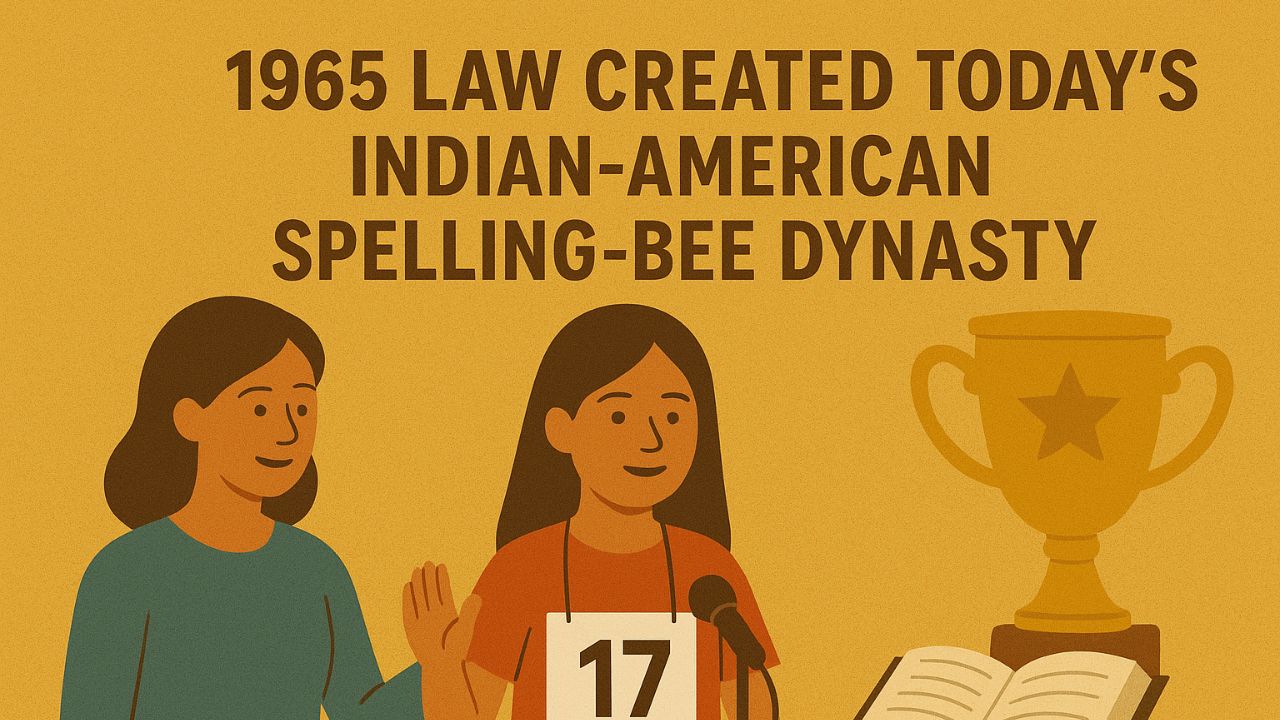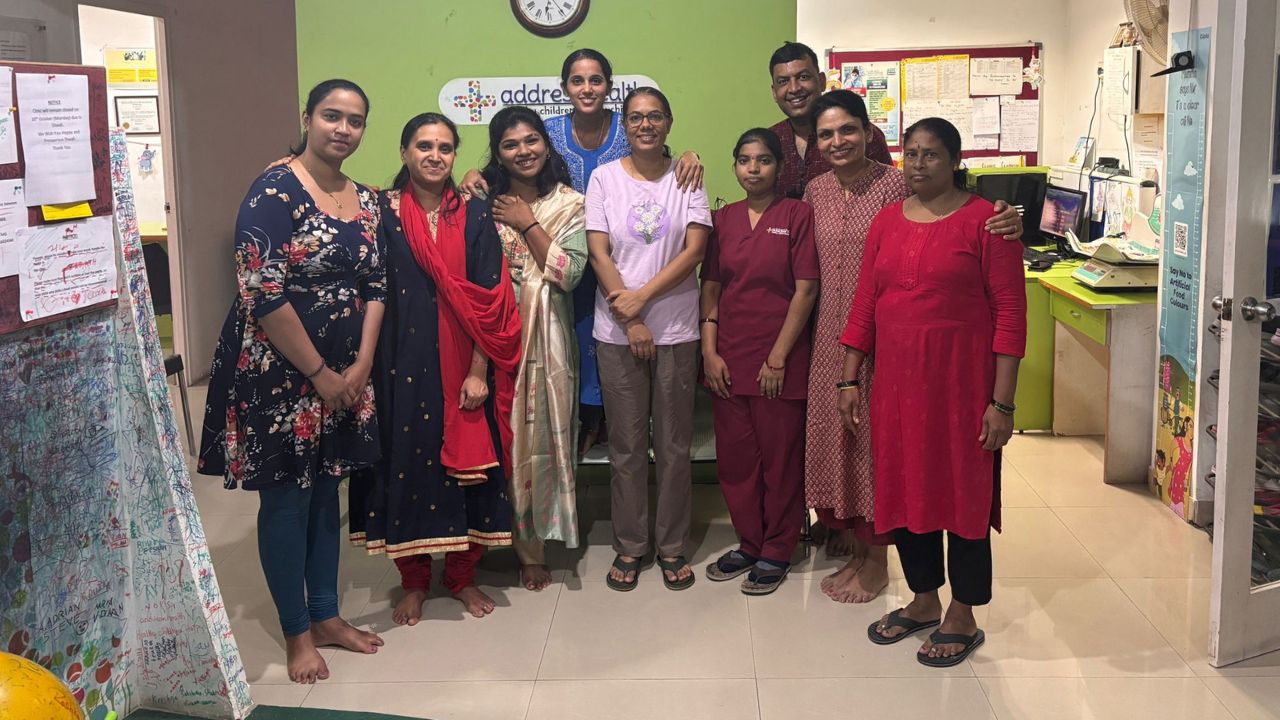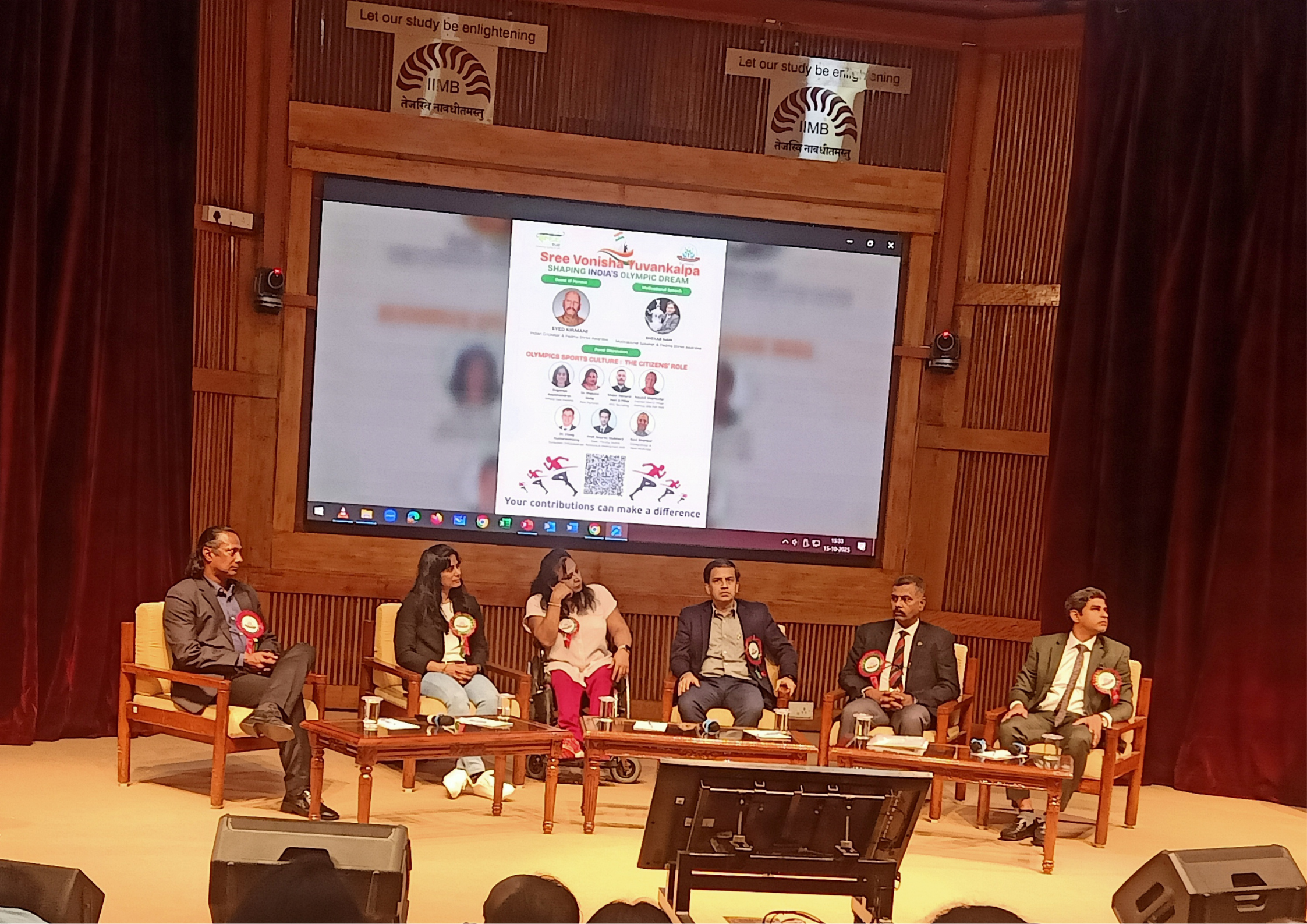How a 1965 Law Created Today’s Indian-American Spelling-Bee Dynasty

Warm, advisory insights for Indian-American and NRI parents
Introduction: From Policy to Podium
When Indian-American youngsters dominate the Scripps National Spelling Bee year after year, the headlines often celebrate their dazzling memory and discipline. What’s less obvious is how this remarkable story begins not with flash cards or dictionaries, but with a piece of U.S. legislation: the Immigration and Nationality Act of 1965.
This single law reshaped America’s demographic landscape by opening doors to highly educated immigrants—many from India—who placed education at the heart of their family life. Over the decades, their values, community networks, and relentless commitment to learning turned spelling bees into a showcase of immigrant excellence.
If you’re an Indian-American or NRI parent, understanding this history can inspire how you guide your own children—whether they dream of spelling trophies or other academic heights.
1. The 1965 Immigration Act: A Quiet Game-Changer
Before 1965, U.S. immigration favored Europeans through a quota system that left little room for Asian nations. The new law removed those quotas and prioritized skilled professionals—especially in medicine, engineering, and science.
- Cherry-Picked Talent: India’s highly trained doctors, engineers, and professors seized this opportunity. By the 1970s and 80s, thousands of Indian professionals, fluent in English and academically accomplished, had settled across the United States.
- Built-In Educational Drive: These first-generation immigrants valued education as the surest path to security and respect. Their households often blended Indian cultural respect for scholarship with America’s meritocratic opportunities.
This carefully selected wave of immigrants created a “starter culture” where high expectations and academic rigor weren’t optional—they were the family mission.
2. From Living Rooms to National Spotlight
The Spelling Bee story unfolds across decades:
- 1985 – Balu Natarajan Wins: The first Indian-American champion signaled new possibilities.
- 1999 – Nupur Lala & Spellbound: Her televised win—and the Oscar-nominated documentary—captivated Indian-American families nationwide.
- 2008 Onward – The Streak: A 12-year run where Indian-American children won every Scripps Bee cemented a tradition.
Today, although Indian-Americans are less than 1% of the U.S. population, they’ve claimed around 75% of Scripps championships since 1999.
These victories weren’t accidents. Families and communities created a homegrown “feeder system”—local bees, coaching networks, and word-study clubs—mirroring the collaborative culture that fuels everything from Bollywood dance groups to cricket leagues.
3. Cultural Pillars Behind the Success
Family Hustle and Support
Many Indian-American parents treat Bee prep like a family project. Evening study sessions, weekend coaching, and sharing word lists are common. The discipline children learn—organization, perseverance, curiosity—outlasts the competition itself.
Community Infrastructure
Organizations such as the North South Foundation and the South Asian Spelling Bee offer local competitions, scholarships, and mentorship. Former champions often coach newcomers, creating a virtuous cycle.
Meritocracy Meets Strategy
Spelling bees reward time and method, not expensive equipment. Children master etymology, dissect word origins, and develop problem-solving approaches—skills that extend into science, law, and technology careers.
4. Life Lessons That Outlive the Bee
Research shows Bee alumni carry forward habits of focus and resilience. Many pursue STEM fields, medicine, law, and entrepreneurship. Parents often remark that spelling practice gave their children a lifelong edge in study skills, time management, and public speaking.
5. Practical Takeaways for Today’s NRI Parents
Even if your child never stands under the Scripps spotlight, the same environment can cultivate excellence in any field. Here’s a warm, actionable checklist:
Do’s
- Encourage Daily Reading: From classics to contemporary novels, reading builds vocabulary and critical thinking.
- Create a “Word-Rich” Home: Discuss interesting words during dinner; keep a family dictionary handy.
- Join Community Programs: Seek local spelling clubs, debate groups, or North South Foundation chapters.
- Model Learning: Let your child see you reading or tackling new skills.
- Celebrate Effort, Not Just Wins: Applaud persistence, practice, and curiosity.
Don’ts
- Avoid Pressure-Cooker Tactics: Pushing solely for trophies can backfire; focus on the joy of learning.
- Skip Balance: Make room for sports, music, and free play—diverse activities support mental well-being.
- Neglect Cultural Roots: Integrating Indian stories, languages, and festivals keeps children grounded and proud of their heritage.
Build a Support Network
- Team up with other families for weekly study sessions or book clubs.
- Invite older students or Bee alumni to mentor younger kids.
6. Costs and Commitment: A Realistic View
While Scripps itself doesn’t require lavish spending, serious preparation does involve time and moderate expense:
- Local Bee Entry Fees: Often under $100 per child.
- Coaching or Classes: $20–$60 per session if you hire expert tutors (many parents coach themselves).
- Travel to Regionals/Nationals: Flights and hotels can add $1,000–$3,000 depending on distance.
Most families describe these costs as manageable compared to music or sports training. The real investment is consistent parental involvement.
7. Beyond Spelling: Broader Opportunities
Even if spelling isn’t your child’s passion, the blueprint of the Indian-American Bee journey applies elsewhere:
- STEM Competitions: Math Olympiads, robotics contests, and coding hackathons reward similar discipline.
- Arts and Debate: Public speaking and theater build confidence and creativity.
- Community Leadership: Volunteering and cultural projects strengthen empathy and organizational skills.
8. Why This Story Matters
The Indian-American spelling phenomenon is not a quirk of DNA but a testament to family culture, community collaboration, and immigrant resilience. It reminds NRI parents everywhere that what you value at home can ripple for generations.
Closing Thoughts: Your Family’s Next Chapter
The 1965 Immigration Act unintentionally planted the seeds of a spelling empire. But the real story belongs to the families who watered those seeds with discipline, hope, and love.
Whether your child dreams of the Bee, builds a robot, or writes a novel, the same principles apply: nurture curiosity, celebrate effort, and create a home where learning shines.
By doing so, you honor the journey of those first-generation dreamers—and you equip your own child to spell out a future as bold and brilliant as any champion’s.




